













Overview
At HDC, we take immense pride in our extensive capabilities and prowess in the domain of 17-4 Ph stainless steel casting. Drawing upon years of expertise, our adept team excels in delivering tailor-made metal parts manufacturing services utilizing this high-performance material.
Our proficient technicians harness sophisticated casting methodologies to ensure exactitude and dependability in every 17-4 Ph stainless steel constituent we fabricate. Ranging from intricate designs to convoluted geometries, we possess the acumen to fulfill an array of customer specifications. HDC’s unwavering dedication to impeccable craftsmanship and meticulous attention to minutiae positions us as a dependable ally for your casting requisites.
Whether the need be prototypes or large-scale production, HDC’s cutting-edge facilities and dedicated professionals stand primed to yield extraordinary outcomes. Embark on an exploration of the potentials inherent in 17-4 Ph stainless steel casting with HDC, and encounter the seamless amalgamation of ingenuity and precision within the realm of metal manufacturing.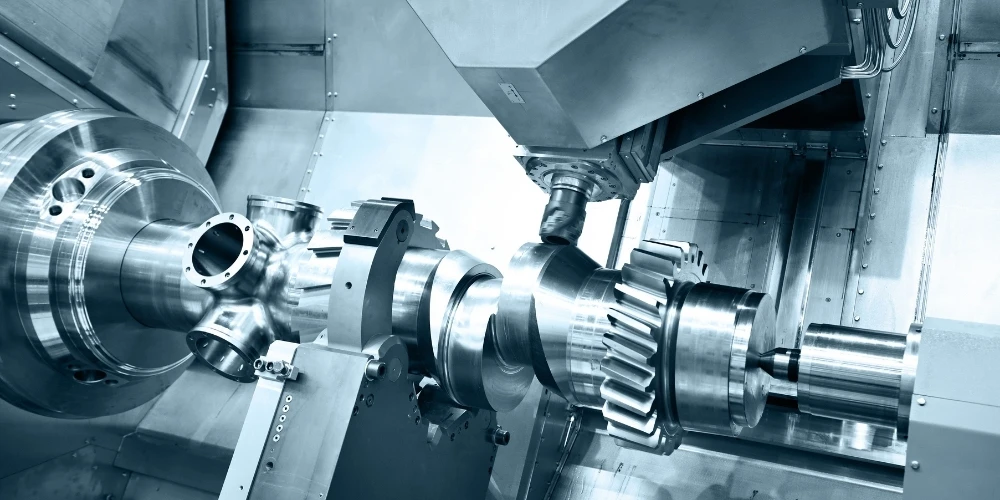
[toc]
What Is 17-4 Ph Stainless Steel?
17 – 4 PH martensitic precipitation-hardening stainless steel, also called the Type 630 steel, is an alloy of stainless steel. It consists of chromium, nickel, copper and niobium/columbium at a small amount and tantalum in a very small extent. The name implies that it functions via “precipitation strengthening” method (the “PH” in its name stands for “Precipitation Hardening”) with the process of heat treatment. This micro alloyed carbon steel is characterized by its excellent corrosion resistance, high strength, good toughness and ease of forming. Applications of the material can be found in the aerospace, petrochemical, food processing and marine industries where it is versatile and possesses desirable properties.
What Is the Naming Rule for 17–4 Ph Stainless Steel?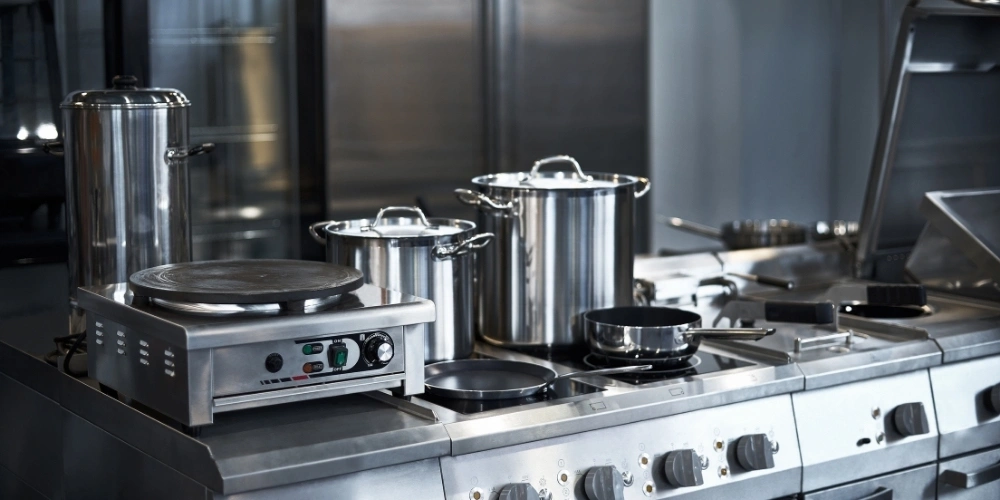
The naming convention for 17-4 PH stainless steel conform industry standards with the help of which the first digit “17” stands for approximate percentage of chromium, and “4” represents approximate percentage of nickel in the alloy. The “PH” indicates the role of “precipitation hardening.” After heat treatment the steel becomes strong. Furthermore, “Type 630” is another frequently used designation for the 17-4 PH stainless steel, being one of the aliases for the alloy which is commonly used in specifications and standards.
Does 17–4 Ph Stainless Steel Have Any Other Names?
17-4 PH stainless steel is a precipitation-hardening martensitic alloy, which is also called Type 630 stainless steel. It offers excellent corrosion resistance and workability by blending of a family of alloys with high strength. Its naming convention complies with the industry standard. The number is assigned to imply the approximate composition. For example, the name “17-4” means that the alloy has 17 percent chromium and 4 percent nickel. “PH” designator shows its capability for precipitation hardening after thermal treatment. Moreover, the product is known as UNS designation S17400; ASTM specification A564- Grade 630 offers standardized reference for international trade and commerce.
What Are the Series of Stainless Steel?
Stainless steel series are mainly classified based on their chemical composition and microstructure into several main categories:Stainless steel series are mainly classified based on their chemical composition and microstructure into several main categories:
- Austenitic Stainless Steels: These are the three major types of stainless steel which determine the level of nickel and chromium: (1) high. They possess very properties of corrosion resistance, excellent weldability and form-ability. Some of the typical grades are 304 and 316.
- Ferritic Stainless Steels: They contain for maximum effectiveness. Austenite steels are more weldable and formable, but they have no advantages of corrosion resistance and magnetism, compared with ferrite steels. A lot of those units are grades 430 and 446.
- Martensitic Stainless Steels: These steels have a higher level of carbon and chromium, which on heat treatment helps them to become stronger and harder. They are normally encountered in applications ranging from cutlery to high-wear applications, such as knives. Usually their grades comprise of 410 and 420.
- Duplex Stainless Steels: With a combination ferritic and austentic properties, they are very strong and have good corrosion resistance. These vehicles are good under extreme environmental conditions. These degrees are 2205 and 2507.
- Precipitation Hardening Stainless Steels: The tendency of which this steel undergoes solidification treatment thus increasing in mechanical properties is known as strengthening. The heat treatment therefore provides both essential mechanical properties and corrosion resistance recommended for applications such as aerospace and other high performance applications. Typical grades are 17-4PH and 15-5PH
For each stainless steel series, there are applications specific for it, so the selection should be done in accordance with the local environmental conditions and the required performance of the end product.
Properties of 17-4 Ph Stainless Steel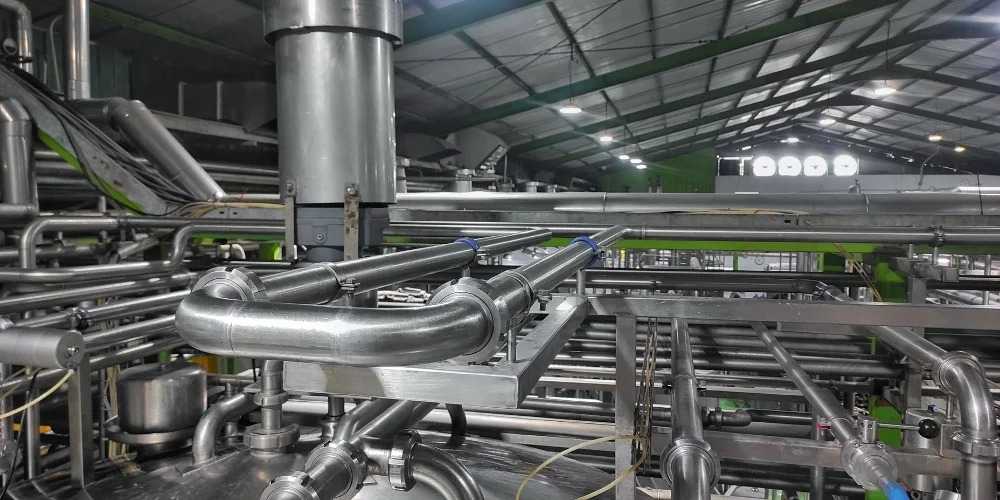
Chemical Composition of 17-4 Ph Stainless Steel
| Element | Content (%) |
|---|---|
| Iron, Fe | 73 |
| Chromium, Cr | 15.0 – 17.5 |
| Nickel, Ni | 3.0 – 5.0 |
| Copper, Cu | 3.0 – 5.0 |
| Manganese, Mn | 1.0 |
| Silicon, Si | 1.0 |
| Tantalum, Ta | 0.45 |
| Niobium, Nb (Columbium, Cb) | 0.45 |
| Nb + Ta | 0.15 – 0.45 |
| Carbon, C | 0.070 |
| Phosphorous, P | 0.040 |
| Sulfur, S | 0.030 |
Physical Properties of 17-4 Ph Stainless Steel
| Properties | Metric | Imperial |
| Density | 7.75 g/cm3 | 0.280 lb/in³ |
| Shear modulus | 77.4 GPa | 11200 ksi |
| Elastic modulus | 190-210 GPa | 27557-30458 ksi |
| Poisson’s ratio | 0.27-0.30 | 0.27-0.30 |
| Hardness, Brinell | 352 | 352 |
| Hardness, Knoop (estimated from Rockwell C) | 363 | 363 |
| Hardness, Rockwell C | 36 | 36 |
| Hardness, Vickers (estimated from Rockwell C) | 349 | 349 |
| Thermal expansion co-efficient (@ 21-93°C/69.8-199°F) | 10.8 µm/m°C | 6.00 µin/in°F |
| Thermal conductivity ( for condition H 900 at 149ºC. 22.6 W/mK for H 900 at 482ºC) | 17.9 W/mK | 124 BTU in/hr.ft².°F |
The Influence of Elemental Composition on the Properties of 17–4 Stainless Steel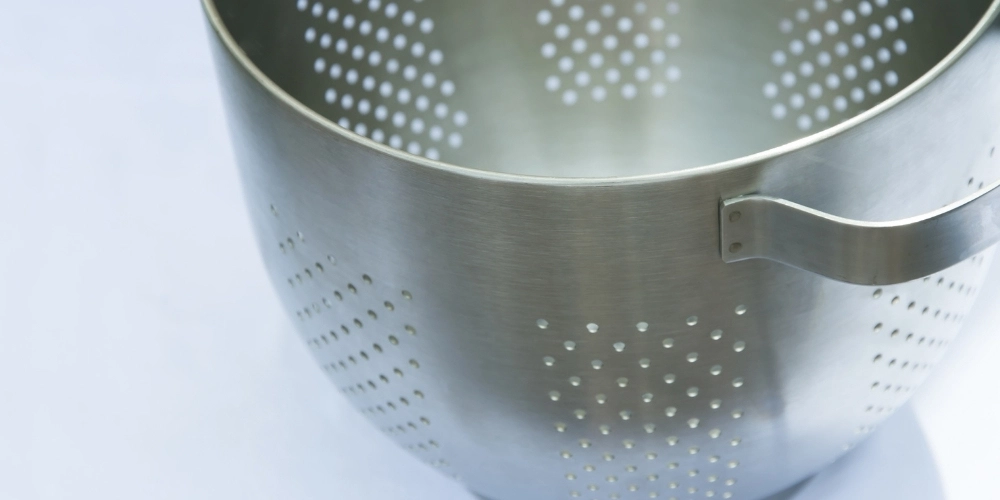
The properties of 17-4 stainless steel are naturally part of its elements composition. Chromium, the main alloying element, improves the corrosion resistance properties for different media. Nickel increases the toughness, ductility, and high-temperature strength and, additionally, it does improve the corrosion resistance. Copper increases corrosion resistance, in particular in the marine environment, and it assists in precipitation hardening. Porous additions of niobium and tantalum lumenize the grains and its transformation to precipitation harden. Carbon and manganese contents are both kept low to gain corrosion resistance and surface hardening. Overall, the overall elemental composition control bestows the mechanical properties needed for major applications e.g. corrosion resistance, strength, toughness and weldability. Thus the 17-4 stainless steel is appropriately used for different purposes by many industries.
Limitations of 17–4 Stainless Steel
Although 17-4 martensitic stainless steel has a number of merits, it also has problems. Firstly, its price is often high, because of intricate make-up and, moreover, additional processing that include precpitation hardening. Second to the contrary, it poses a challenge because of the crack susceptibility, hence the need for preheating and post weld heat treatment. Moreover, its machinability is degraded compared to other stainless grades, thereby the wear and machining cost increases. It is excellent in corrosion resistance, yet not all premium alloys perform well in very aggressive environment. Firstly, exact heat treatment control is vital for the achievement of expected mechanical properties, thus processed products become very complex products to produce. This emphasizes the importance of great care that should be taken into account when picking the 17-4 stainless steel for specific applications.
Can 17–4 Stainless Steel Be Cast?
17-4 PH stainless steel can be cast using suitable casting methods. 17-4 PH is a precipitation-hardening stainless steel known for its excellent corrosion resistance, strength, and toughness. It is commonly used in applications requiring high strength and resistance to wear, such as aerospace, oil and gas, and medical industries.
The Advantages of 17–4 PH Stainless Steel
- High Strength: 17-4 PH stainless steel‘s high excellent strength, makes it suitable for applications requiring robust components that can withstand heavy loads and high-stress conditions.
- Corrosion Resistance: It provides good corrosion resistance in a wide range of environments, including mild atmospheres, fresh water, and some corrosive chemicals. This makes it suitable for applications in the marine, aerospace, and chemical industries.
- Heat Treatable: 17-4 PH stainless steel is precipitation-hardening, which means it can be heat treated to enhance its mechanical properties.
- Wear Resistance: It has good resistance to wear and galling, making it suitable for components subjected to sliding or abrasive conditions. This property is beneficial in applications involving heavy machinery, tooling, and wear-resistant parts.
- Versatility: 17-4 PH stainless steel can be readily machined, welded, and formed, providing flexibility in manufacturing processes. It can be cast, forged, or fabricated into a variety of shapes, enabling the production of complex components.
- Aging Stability: Once heat treated, the mechanical properties of 17-4 PH stainless steel remain stable over a wide temperature range. This allows for consistent performance and reliability in demanding applications.
- Cost-Effective: While 17-4 PH stainless steel may have a higher initial cost compared to some other stainless steel grades, its superior strength and durability can lead to long-term cost savings by reducing maintenance, replacement, and downtime.
These advantages make 17-4 PH stainless steel a popular choice in industries such as aerospace, oil, and gas, nuclear, and medical, where a combination of strength, corrosion resistance, and versatility is required.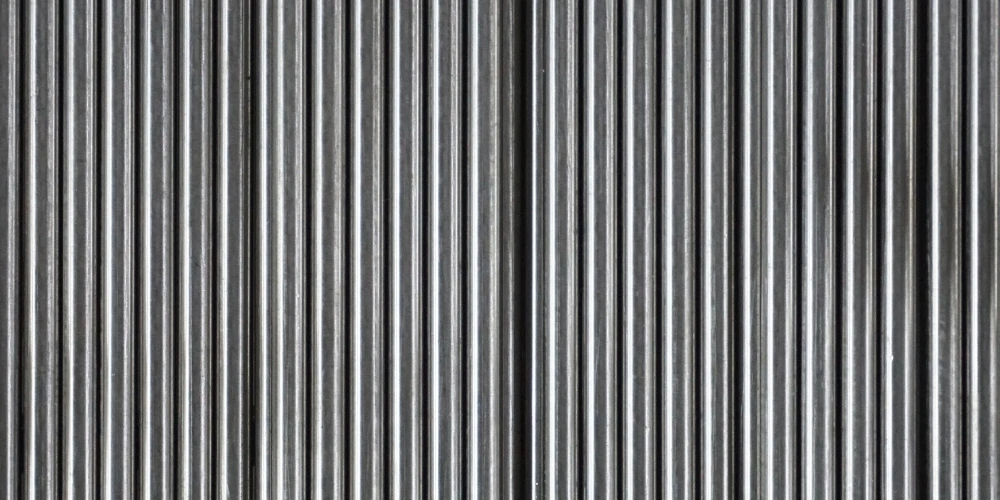
The Suitable Casting Methods for 17-4 PH Stainless Steel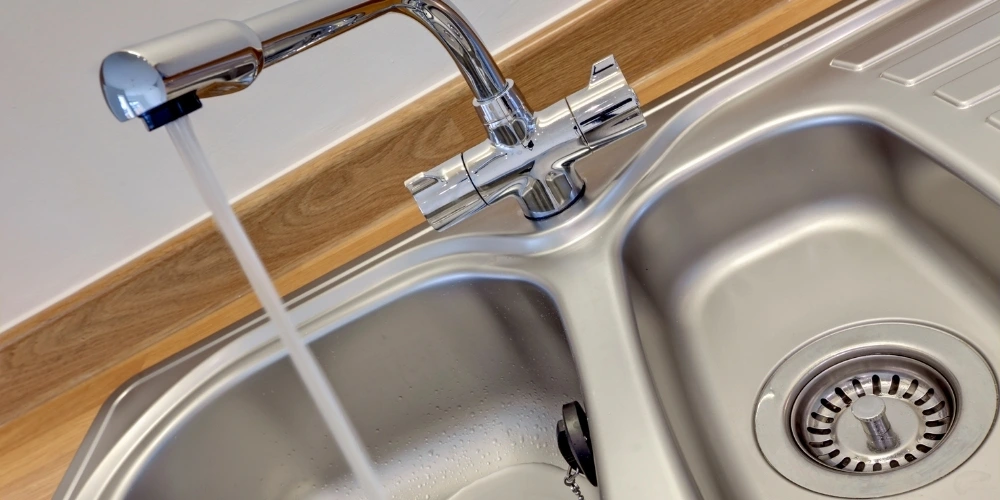
In the realm of crafting components from 17-4 PH Stainless Steel, a spectrum of judicious casting methods emerges:
- Investment Casting: Tailored for the meticulous creation of intricate and detailed parts, Utilizing 17-4 PH Stainless Steel in investment casting ensures a heightened precision and a refined surface finish.
- Sand Casting: Showcasing versatility, this method excels in the production of larger components with less intricacy, presenting a financially viable solution tailored to specific applications.
- Centrifugal Casting: Deemed appropriate for components with cylindrical or symmetrical configurations, it imparts commendable mechanical properties.
- Shell Molding: Distinguished for endowing components with not only commendable dimensional accuracy but also a refined surface finish, it is meticulously fashioned for applications with unique demands.
- Die Casting: Although less conventional for stainless steel, contemplation of die casting arises for specific applications, particularly within the domain of non-ferrous metals.
Other Machining Methods For 17-4 Ph Stainless Steel
In the arena of machining components from 17-4 PH Stainless Steel, an array of judicious methodologies surfaces:
- CNC Machining: Embracing the realm of Computer Numerical Control, this method facilitates meticulous and automated manipulation, encompassing cutting, milling, and drilling of 17-4 PH stainless steel components.
- Wire EDM (Electrical Discharge Machining): Harnessing the prowess of electrical discharges for precision, this technique proves efficacious for sculpting intricate forms and executing razor-sharp cuts in 17-4 PH stainless steel.
- Laser Cutting: Employing a focused laser for precision incisions through 17-4 PH stainless steel, this method stands as the epitome for achieving elaborate contours and meticulous edges.
The selection amongst these methodologies hinges on the distinct requisites of the project, encompassing tolerances, material attributes, and the envisioned end product, with each technique boasting its unique merits.
Common Application of 7-4 Ph Stainless Steel Casting
17-4 PH stainless steel is widely cast for critical applications across industries:
Aerospace:
- Casting turbine blades, engine parts, and critical components due to its high strength-to-weight ratio and corrosion resistance.
Oil and Gas:
- Ideal for casting valves, pump components, and equipment, offering corrosion resistance in harsh environments.
Medical Instruments:
- Utilized in casting surgical instruments, dental equipment, and implant components, requiring strength and corrosion resistance.
Pump and Valve Components:
- Cast for impellers, Pipe Fitting, and valve bodies, withstanding corrosive fluids and offering high strength.
Automotive Parts:
- Used in engine and exhaust system components, such as Exhaust Manifold, providing a crucial combination of strength and corrosion resistance.




